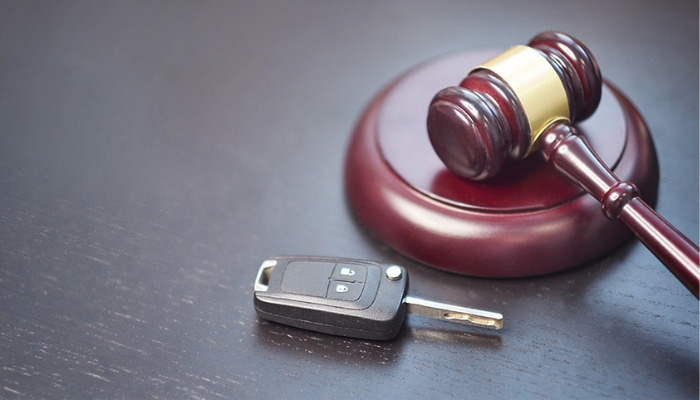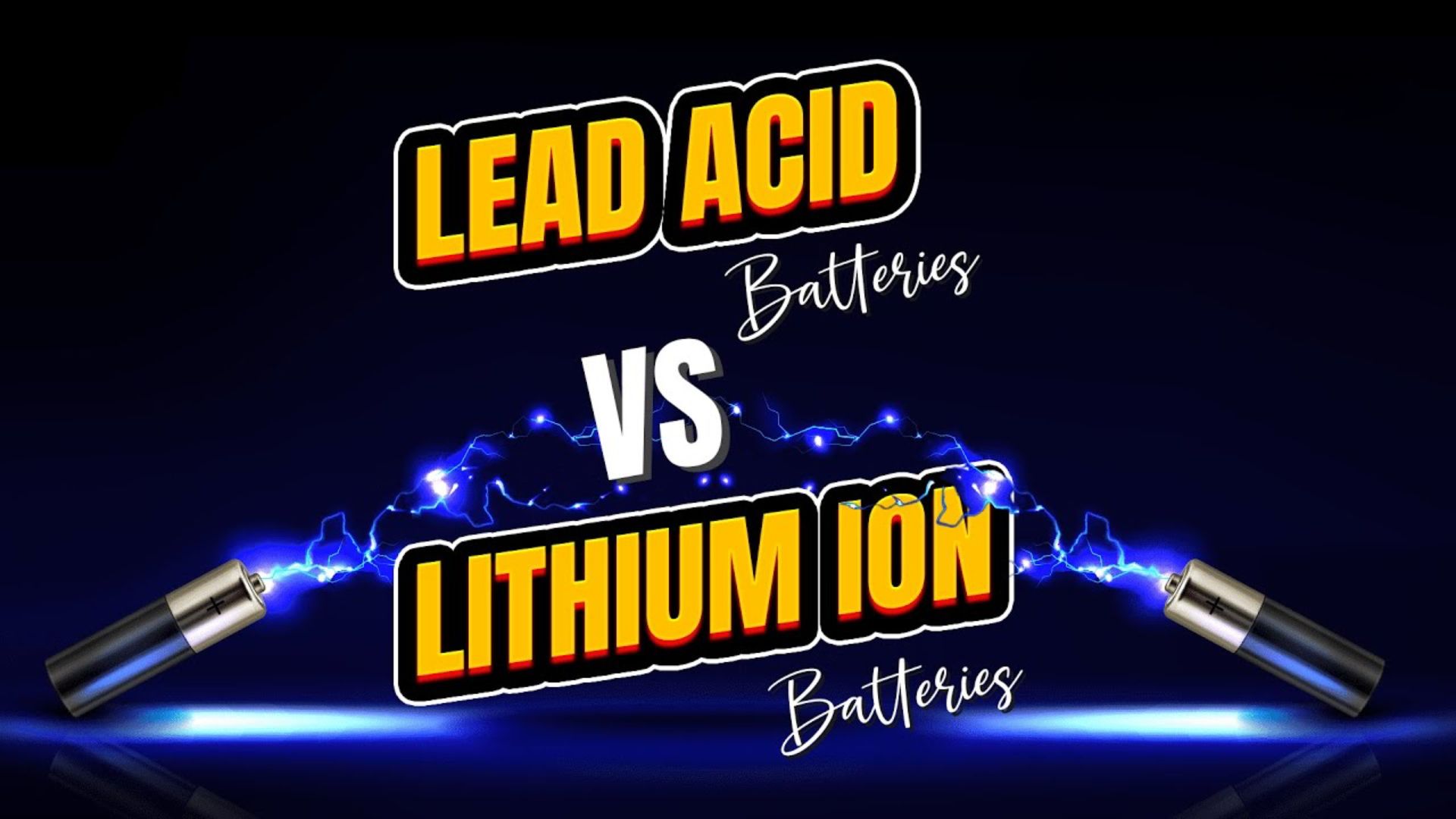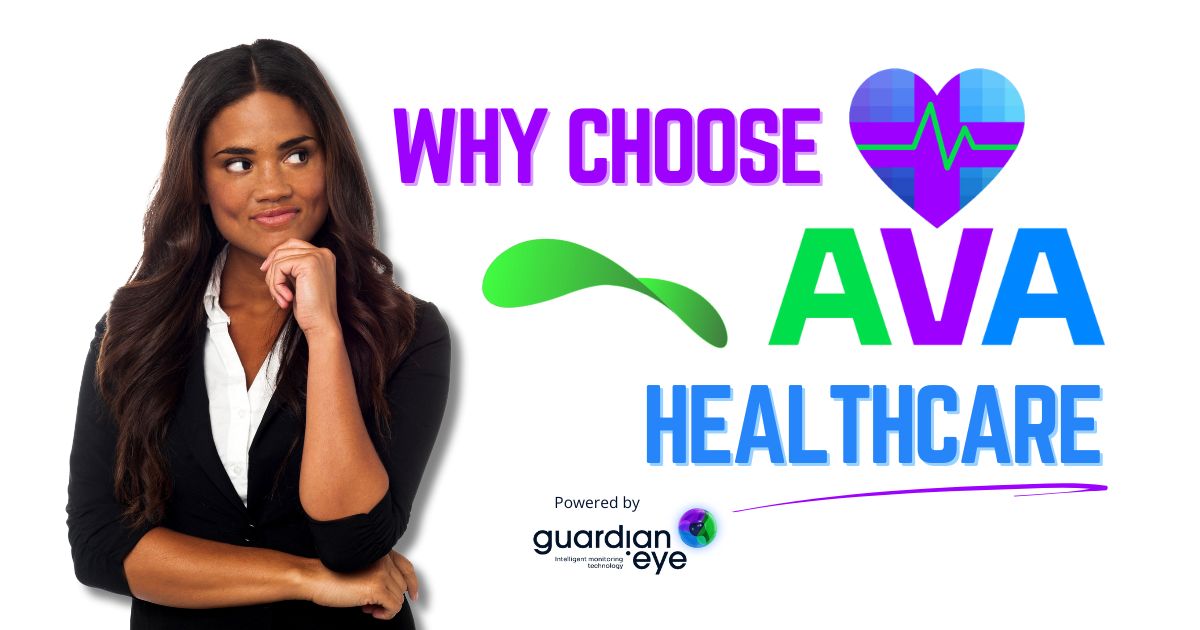While there are challenges around the management and implementation of AARTO, there are also benefits that need to be understood today to ensure compliance and value tomorrow.
- The changes to AARTO are revising how companies and individuals need to contest fines, particularly for companies where drivers are not the licensed vehicle owners.
- Managing drivers versus infringements requires a reimagining of systems and processes.
- AARTO is designed to discipline those who do not comply with the law.
The AARTO Amendment Act, 2019 introduces an automated system for traffic fines and violations that makes it the responsibility of the infringer (the person committing the traffic offence) to manage, pay and resolve all infringement notices. The latter are submitted to infringers automatically, either electronically or by post, and are considered served regardless of whether or not the infringer has received it. Currently, this Act is active in Tshwane and Johannesburg with roll-out is scheduled by the RTIA and Minister of Transport. At this stage, February 2024 is stated as the beginning of the roll-out in the rest of SA.
In a statement released by the Minister of Transport, Sindisiwe Chikunga, the government has made progress and is targeting 01 July 2024 for the final roll-out of AARTO nationwide. 43 service outlets were established across different provinces and completed the processes to implement the AARTO adjudication process and the electronic service of infringements.
“Currently, the AARTO Act applies only in Tshwane and Johannesburg while the Criminal Procedure Act is applicable to the rest of the country,” explains Rodney Taylor, MD at Guardian Eye. In July the Constitutional Court ruled in favour of the Minister and the RTIA on the challenge to the constitutionality of AARTO brought by OUTA, the process to roll out AARTO countrywide may proceed. As infringements are automated in the new system, the onus is on the public to ensure that they pay their fines on time. The system has been met with criticism due to the potential complexities that surround the delivery of fines and managing the new system, with many believing that this puts too much pressure on individuals and could result in unexpected fines and penalties. However, as Alta Swanepoel, Founder of Alta Swanepoel and Associates cc points out, it is not entirely a bad news situation.
“We’re currently dealing with a situation where the average traffic department gets back between 5-8% of their traffic fines,” she adds. “This is not about the money; it’s about addressing those who don’t comply with the law and there must be a more effective system in place to do that. The current system isn’t effective in many areas. Due to the different magisterial districts implementing different rules, the system is also not uniform throughout the country. If this system is managed properly, and this is a valid concern, then it should really deliver better quality road discipline and safety, which is needed.”
The government has invested a significant amount of time and money into the project which means it is very likely going to stay the course and will be implemented nationally. This introduces some challenges that fleet owners and companies managing large volumes of vehicles and drivers need to consider to ensure they remain prepared. When a fine is issued, it can be attached to both a person and a company vehicle. The company may accrue demerit points against a vehicle licence disc or operator card. In the latter case, exceeding the maximum demerit point threshold will result in the vehicle not being allowed to renew licence discs and operator card and the asset may not be sold until the points reduce to below the prescribed threshold. “For people who run fleets, administering this is going to be a very different process,” says Alta. “In the past, one person would be a proxy and go in and pay all the fines associated with vehicles under their name. Now, the failure to nominate the driver of the vehicle who committed the infringement will result in the licence discs and operator cards of the vehicles to which those infringement notices relate being debited with the fines and demerit points.
The same challenge applies to car dealerships – if a demo car gets a fine, the vehicle licence will carry the fine and demerit points if the dealership does not nominate the driver who committed the infringement. This is where the Guardian Eye artificial intelligence can provide solid support to companies that want to stay ahead of AARTO and avoid the risks.”
The Guardian Eye solution allows companies to track which driver was in which vehicle at any given time. It provides live tracking and monitoring allowing the company to assess who drove the vehicle when it received the fine so they can redirect that fine with 100% confidence. The technology stack provided by Guardian Eye also provides digital proof that an employee used the vehicle at the time of the fine and adds an additional layer of asset protection for the company as well. “We provide companies with a digital key that provides accurate records, so your fines are always allocated correctly, and your fleet remains secure and easily tracked,” concludes Rodney. “With this tool, your company can remain ahead of the legislation and enjoy the benefits it introduces rather than feel overwhelmed by the complexity and negativity.”
Moving forward, companies need to focus on ensuring that all drivers and employees understand AARTO and its implications and risks. It is a serious complication that, if not managed correctly, can result in heavy fines and penalties and in the worst cases, vehicles being blocked from being used and drivers not being able to perform their functions due to suspended licences. It is not going away any time soon, if ever, and so planning for the administrative requirements it introduces is essential which is where Guardian Eye can help your business make the right moves for a secure driving future.



